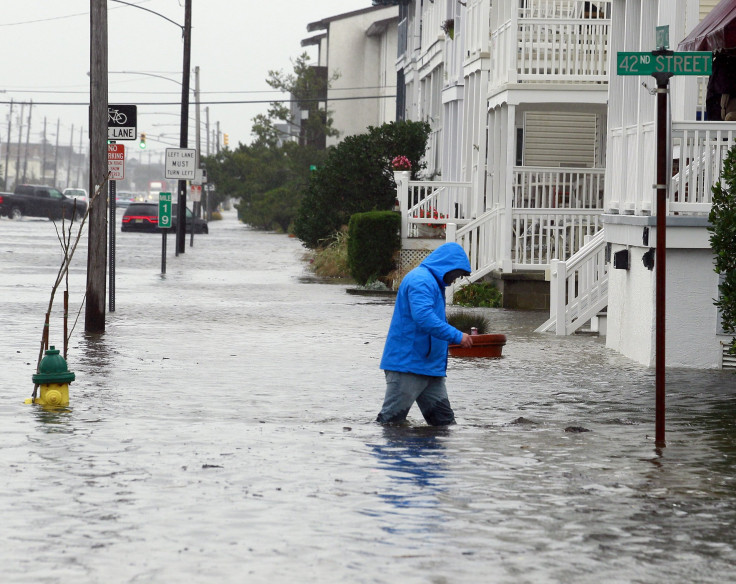Climate Change Means London, New York Could Be Underwater In A Few Decades, Sooner Than Previously Thought

Scientists have some bad news for people who don’t like the idea of swimming down the streets of New York City. A new study suggests the sea level rise predicted widely by scientists could happen in just decades instead of the centuries some have predicted. The findings suggest the greenhouse gas level caps agreed to internationally won’t go nearly as far as necessary to stop catastrophic sea level rise.
The study says that unless there is a dramatic reduction in greenhouse gas emissions, the globe is likely to experience “several meters” of sea level rise within the next 50 to 100 years, according to the Daily Mail. Those levels aren’t necessarily unprecedented — global sea levels were about 6 to 9 meters higher 120,000 years ago than they are today — but could easily flood coastal cities, including New York City and London.
“We’re in danger of handing young people a situation that’s out of their control,” James E. Hansen, a retired NASA climate scientist, who led the research effort, told the New York Times. The study was released Tuesday in Atmospheric Chemistry and Physics, a European science journal.
But greenhouse gas emissions are likely to cause many other problems. That includes extreme heat waves, droughts, heavy rainfall and floods.
The study suggests glacial melting could play more of a sinister role in warming the earth’s climate, adding relatively fresh water to the seas. That water would slow down ocean currents that displace heat globally and could ultimately heat up some of the incredibly cold water at the bottom of the ocean. All of those circumstances, when put together, act to accelerate melting.
Climate change is expected to be extremely expensive. Last year, the U.S. Environmental Protection Agency estimated that the U.S. could face up to $180 billion in economic losses just from drought and water shortages caused by the phenomenon.
© Copyright IBTimes 2024. All rights reserved.





















